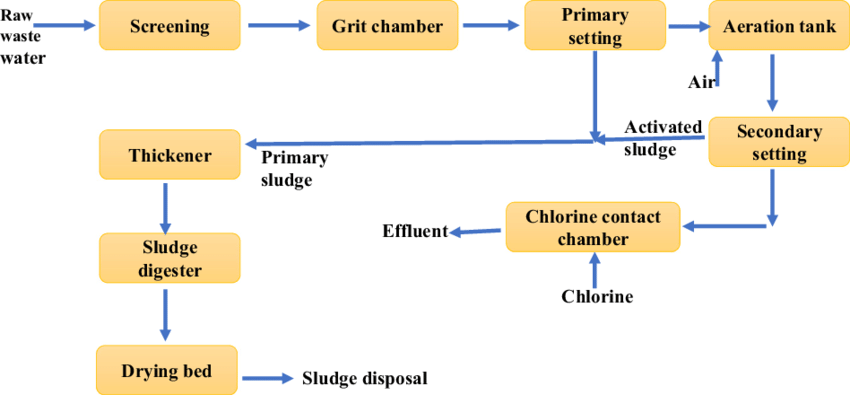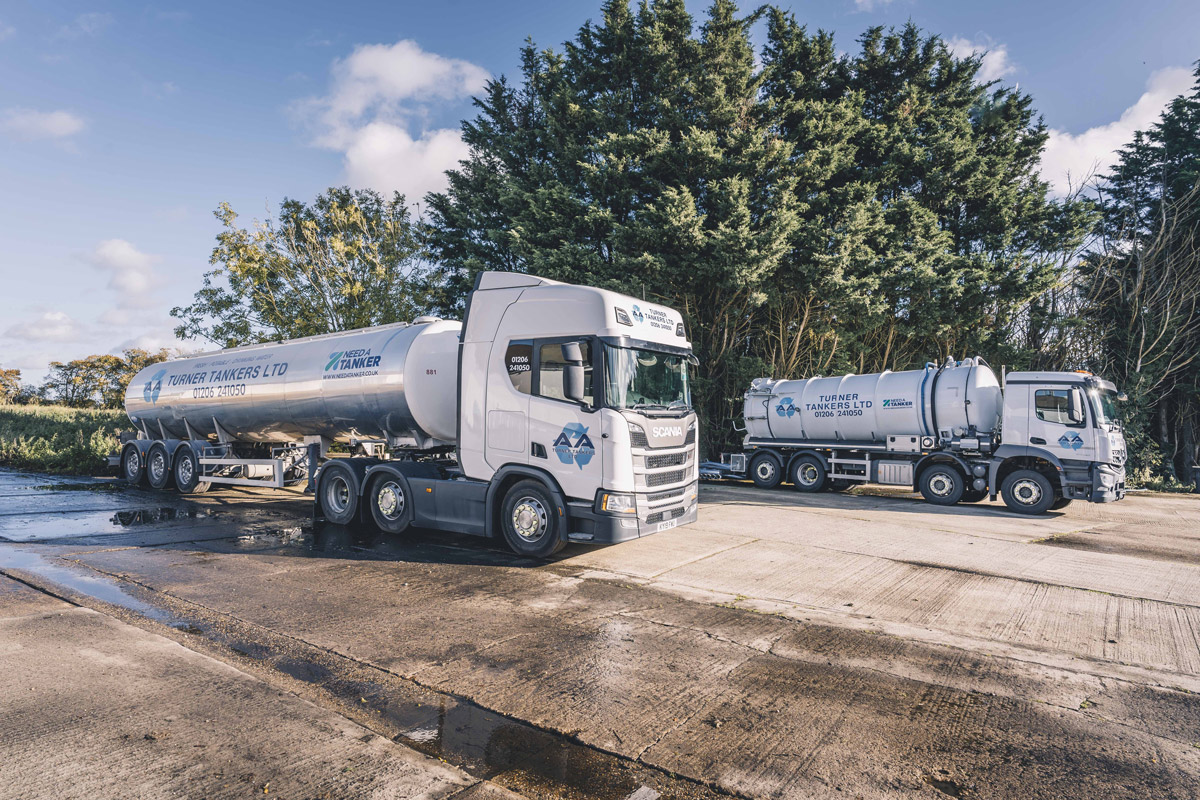The Ultimate Guide To Reclaim Waste
Table of ContentsLittle Known Facts About Reclaim Waste.The 8-Minute Rule for Reclaim WasteReclaim Waste for Beginners5 Simple Techniques For Reclaim WasteGetting My Reclaim Waste To Work
Domestic sewage waste refers to the waste and items from a property septic storage tank. The correct administration and disposal of domestic sewer waste need liquid waste to be moved to a sewage therapy plant where the proper approaches and equipment are applied to detoxify and dispose of waste.
Industrial waste often includes possible risks, such as combustible products or a mix of liquid and strong waste products, and needs an advanced and in-depth disposal procedure. The disposal of commercial waste normally entails the purification of waste prior to transportation to make certain safe and proper disposal. Industrial waste is produced from by-products and overflow of industrial procedures and manufacturing.
This kind of waste can not make use of the very same sewer management transportation or processes as septic or business fluids. The commercial waste monitoring procedure calls for the evaluation and screening of liquid waste prior to it undertakes the disposal procedure (industrial wastewater treatment). Drainage waste is the liquid waste that originates from drainage and excess stormwater in very booming areas or cities
Overflow waste can cause contamination and flooding if not managed appropriately. Making certain correct waste monitoring can protect against calamities and decrease environmental injury.
Some Known Details About Reclaim Waste
Contact PROS Solutions today to learn concerning our waste administration and disposal solutions and the proper means to take care of the liquid waste you produce.
(https://issuu.com/reclaimwaste1)Do you know what occurs to your water when you disengage, flush the commode or drain pipes the washing maker? No? Well, it's worth knowing. This supposed 'wastewater' is not only an essential resource however, after therapy, will be launched to our land, rivers or the sea. Made use of water from bathrooms, showers, baths, cooking area sinks, laundries and commercial processes is referred to as wastewater.

water used to cool down equipment or tidy plant and equipment). Stormwater, a form of wastewater, is drainage that flows from farming and urban locations such as roofings, parks, yards, roads, courses and seamless gutters right into stormwater drains, after rain. Stormwater moves without treatment directly to regional creeks or rivers, eventually reaching the ocean.
What Does Reclaim Waste Mean?
In Queensland, a lot of wastewater is dealt with at sewer therapy plants. Wastewater is carried from domestic or industrial sites through a system of drains and pump stations, understood as sewage reticulation, to a sewer treatment plant.
The Department of Natural Resources encourages neighborhood governments concerning managing, operating and keeping sewerage systems and therapy plants. In unsewered locations, regional federal governments may call for owners to set up private or family sewage therapy systems to treat domestic wastewater from toilets, kitchens, shower rooms and laundries. The Division of Natural Resources authorizes the use of family systems when they are confirmed to be effective.
Most stormwater obtains no treatment. In some new communities, therapy of some stormwater to get rid of litter, sand and crushed rock has started making use of gross pollutant traps. Wastewater treatment takes place in 4 phases: Gets rid of solid matter. Larger solids, such as plastics and other items mistakenly released to sewers, Look At This are gotten rid of when wastewater is travelled through displays.
Wastewater then moves into big storage tanks where solids resolve and are gotten rid of as sludge. Grease and scum are skimmed from the surface area. Utilizes tiny living organisms understands as micro-organisms to damage down and get rid of staying liquified wastes and great particles. Micro-organisms and wastes are included in the sludge. Gets rid of nitrogen and phosphorus nutrients that can cause algal flowers in our rivers and intimidate water life.
Rumored Buzz on Reclaim Waste
Nutrient removal is not readily available at all sewage treatment plants due to the fact that it calls for expensive specialized devices. It is coming to be more typical in Queensland. Clear liquid effluent created after treatment might still have disease-causing micro-organisms. If this effluent is launched right into waterways such as rivers or the sea, the micro-organisms will ultimately die out.

Many wastewater streams into the sewerage system. Under the Act, local governments carry out authorizations and licences for ecologically pertinent activities (Ages) including wastewater launches that may have a local effect.
The Best Strategy To Use For Reclaim Waste
Tracking gives factual information about water high quality and can validate that permit conditions are being fulfilled. The information obtained with tracking provides the basis for making water quality decisions.